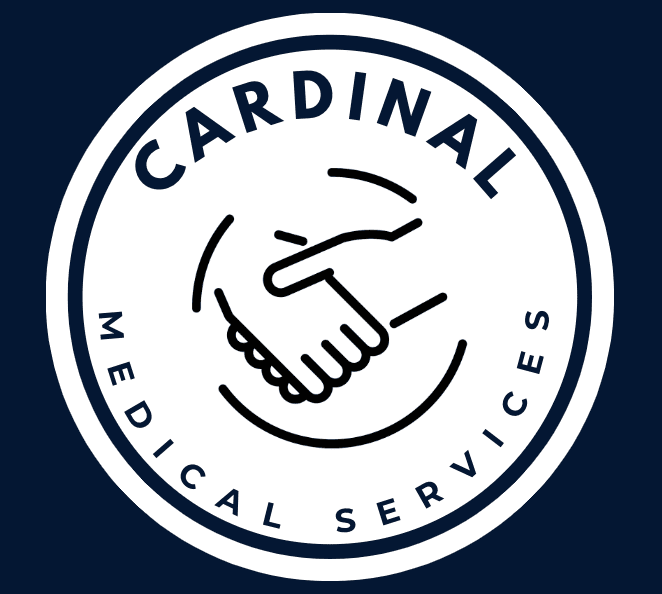Welcome to the sun-drenched shores of California, where the waves are high, the living is easy, and the healthcare costs? Well, they’re about as predictable as a summer fog in San Francisco. Enter the realm of a California Life Care Planner, the unsung hero whose job it is to forecast medical expenses faster than you can say “medical cost projections.”
The Forecast: Sunny with a Chance of Price Hikes
Just like a seasoned surfer scans the horizon for the perfect wave, a Life Care Planner in California watches the tides of healthcare economics. The goal? To ensure that patients receive a roadmap of anticipated medical needs without capsizing their finances. It’s a bit like being a weather forecaster, but instead of predicting thunderstorms, these planners predict when you’ll need your next MRI.
Catching the Big Waves: Medical Cost Projections
Life Care Planning is not for the faint of heart. It involves diving deep into the ocean of medical services, equipment, and therapies. It’s more than just putting a price tag on a pill; it’s understanding the nuances of long-term care for those with chronic conditions or catastrophic injuries. Our planners must navigate through tumultuous waters such as inflation, changing healthcare laws, and the occasional rogue wave of a surprise billing.
Imagine planning a surf trip, but instead of surfboards, you’re packing in physical therapy sessions, home modifications, and state-of-the-art wheelchairs. Each item needs to be meticulously forecasted to ensure that no financial undertow takes you by surprise.
Sunscreen and Spreadsheets
Our California Life Care Planner starts the day with a strong cup of coffee—because let’s face it, predicting future medical costs before breakfast requires caffeine. Armed with spreadsheets more detailed than a beach town’s tide chart, they set out to create a care plan that’s as comprehensive as it is compassionate.
Their tools? A mix of medical knowledge, a knack for numbers, and a crystal ball (also known as advanced analytics software). They analyze everything from the cost of surgical supplies to how much a lifetime supply of sunscreen will set you back if you’re managing a skin condition. It’s about ensuring that the care plan is not just a list of costs, but a blueprint for maintaining quality of life.
Riding the Wave to the Future
As the sun sets on the golden coast, our planner reviews their projections. It’s about more than just numbers; it’s about people. Every dollar saved here extends a lifeline, every carefully planned item is a building block in the fortress of a patient's future. It's a hefty responsibility—like deciding whether to wear wetsuit shorts or a full suit on a breezy Malibu morning.
Conclusion: The Unsung Heroes of Healthcare
So, the next time you enjoy the beautiful chaos that is California, spare a thought for the Life Care Planners. They may not be catching waves, but they’re making waves in the lives of those who depend on them. They ensure that even as healthcare costs rise like a high tide, the care you need won’t be swept away.
To all you planners out there, we salute you. Keep riding those cost projections like they’re the big waves at Mavericks. And to everyone else: stay safe, plan ahead, and always pack extra sunscreen.
P.S. Yes, Dr. Lawler is a board certified physician, who actively practices in California, and he is happy to look at any case you may have, whether it be for Medical Cost Projections, or a formal Life Care Plan. Call or text 619-241-4942 to discuss any case.



